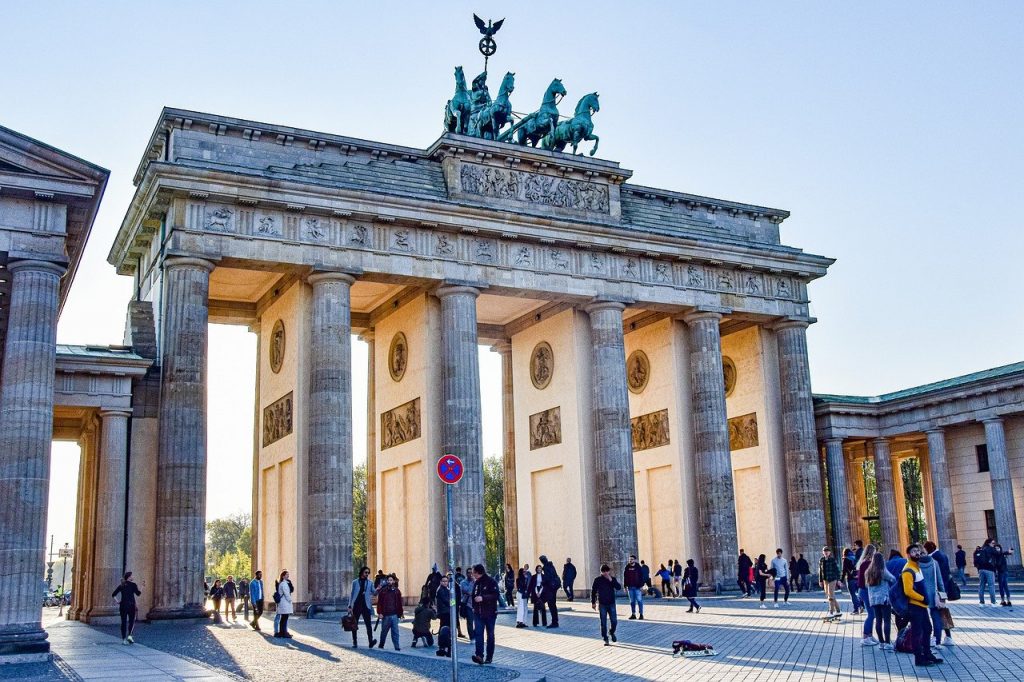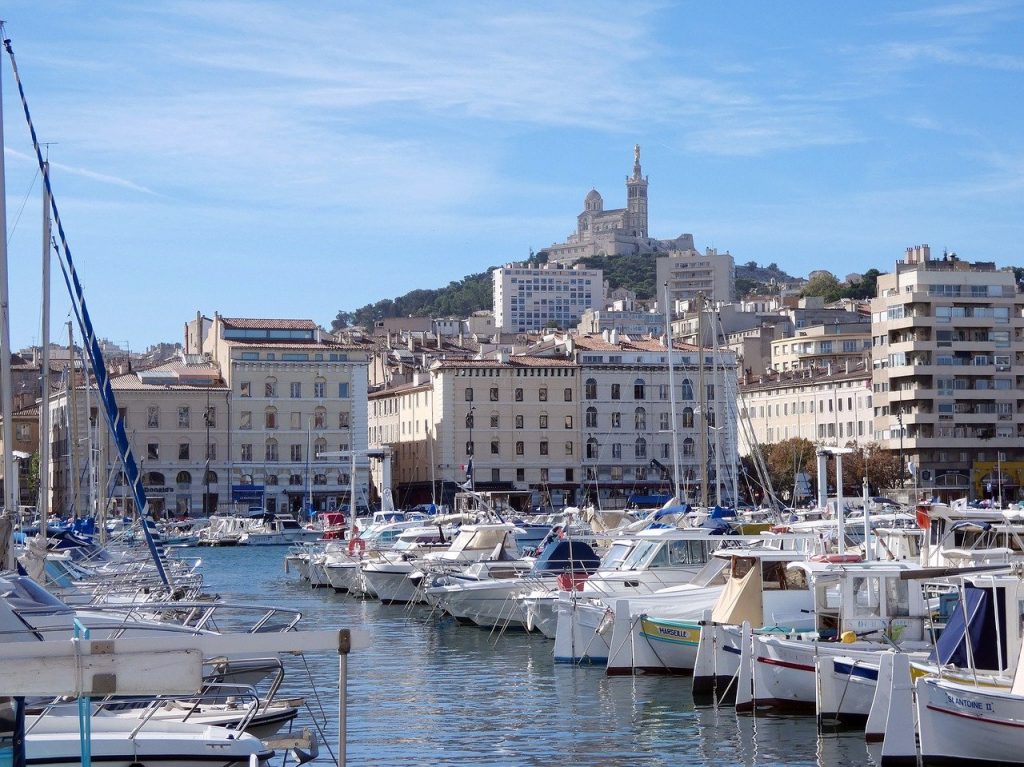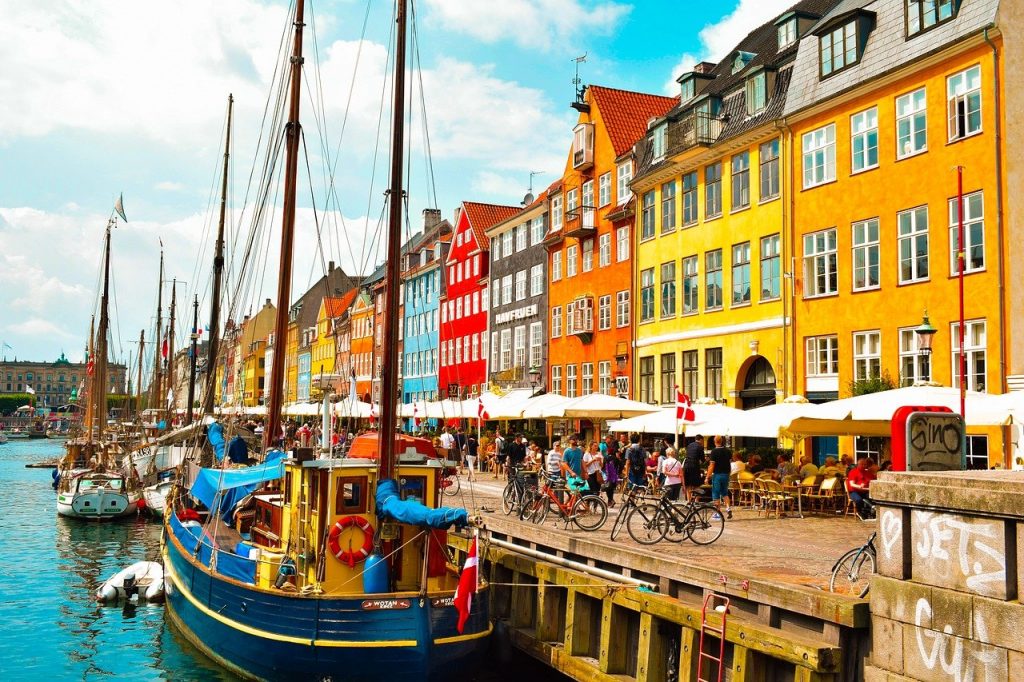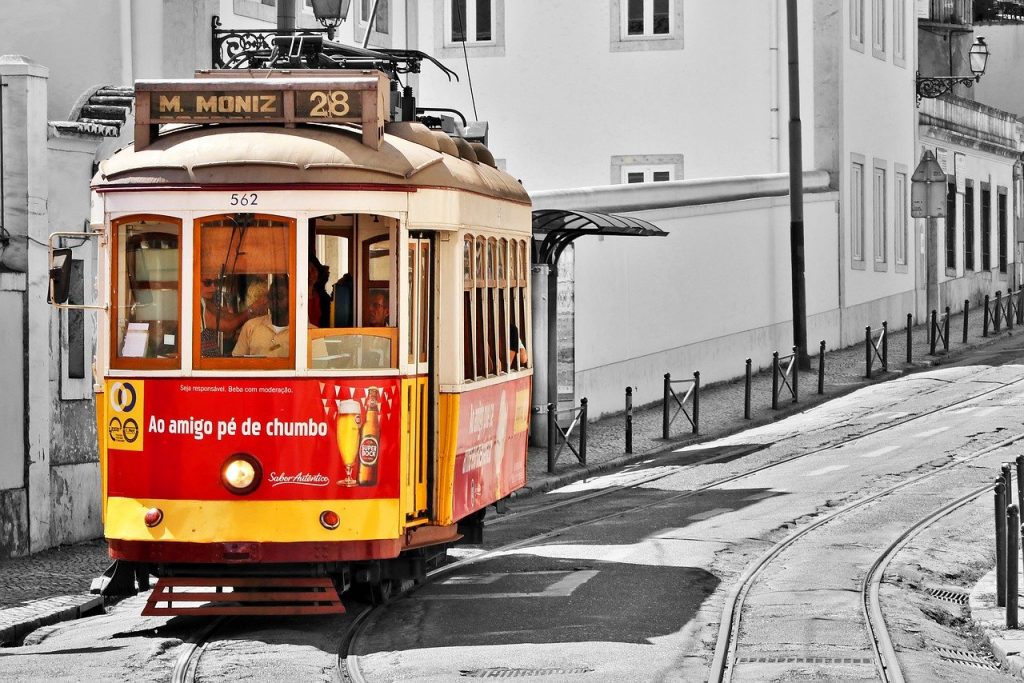The best way to explore a city is to head off on foot, even better, without a map or guidebook. The Guardian (UK) named its 6 walking wonders of Europe – and the Spanish gem of Seville made the list.
The Spanish enjoy a paseo, the Italians a passeggiata – a leisurely stroll as dusk turns to night. The English used to promenade, particularly along seafronts and beside rivers, but that practice seems to have died out. However, when travelling it is an act that should be revived. As you head out on foot, you discover treasures that don’t always make it into guidebooks.
The UK’s Guardian newspaper named 6 cities it’s a pleasure to meander through. Having done just that, InSpain can vouch for this wonderful selection of cities, with Spain’s Seville rightfully among them.
Seville

The historic core of Seville is a tightly-knit bundle of plazas, lanes and palaces. However, across the Guadalquivir River is the barrio of Triana – now you have a space worthy of a lengthy paseo.
A route that takes Seville old town is the Holy Week procession. As they make their slow but imposing way from parishes dotted across the centre towards the cathedral, they are funnelled into the last few streets. From Calle Campana, down Calle Sierpes, across Plaza de San Francisco, along the Avenida de la Constitución, ending at the cathedral.
Next to the cathedral is the Real Alcázar, a complex of palaces, fortifications, patios, reflective pools and beautiful gardens and olive groves laid out on a neat grid. Developed in the 11th century, when Seville was under the rule of the Arab Muslim Abbādid dynasty, it was added to and modified many times on its way to becoming a Christian royal residence.
Head over to Triana and you find a different Seville. This is where the history of its ceramics industry, flamenco, Roma people and days as an important port are reflected. As the sun sets, grab a fino in Calle Betis before heading further into the barro for flamenco and tapas. As you do, pop into the Sailors’ Chapel, and the Cristo de Expiración (Christ of the Last Breath) to see statues of the Virgen de la Esperanza (Virgin of Hope) and Christ in his dying moments. The latter is said to be the likeness of a stabbed Roma man, the sculptor Francisco Ruiz Gijón, found in the streets here in the 1680s.
Read: Triana – the other side of the Guadalquivir
Trieste

As well as a passeggiata, the Italians love good coffee, often combining the two – and that’s just what you can do in Trieste. This port city on the Adriatic is renowned for its superb coffee.
It was here that James Joyce plotted his masterpiece Ulysses, as he walked the streets of Trieste. From its pretty seafront to expansive squares, and of course coffee houses, it is one of Italy’s unsung beauties. One of the grander cafes, the Caffè degli Specchi stands on the main square, the Piazza Unità d’Italia. Caffè San Marco is a spacious bookshop-cafe with an interior in the Vienna secession style (and upwards of 50 types of coffee available). And why is Trieste the place for coffee? It has been at the centre of the bean-importing trade for centuries.
If you have energy for a long walk, continue along the wooded gravel path of the Strada Napoleonica towards Prosecco. It’s 5km if you go the whole way. you’ll see the Castello di Miramare, the summerhouse of Archduke Ferdinand Maximilian and his wife, Charlotte, at the foot of the cliff.
Berlin

Berlin remains a strange, sometimes alienating city, especially when you walk around its historic heart, where the Berlin Wall stood from 1961 to 1989.
Vague, unplanned walks around the former East and West will still evince differences. There is the tank-friendly width of Karl-Marx-Allee and the glitzy shops along the Kurfürstendamm. For those who like something more planned than vague, take in the Hansa Quarter (Hansaviertel), a showcase estate where renowned architects (including Alvar Aalto, Walter Gropius, Arne Jacobsen and Oscar Niemeyer) designed modernist residential buildings at a site destroyed in the Second World War. Try the Tiergarten inner-city park or Alexanderplatz, which still feels like something from the old East. For nice coffee shops there’s Prenzlauer Berg. Berlin is big, however, so jump on the S-bahn train if the legs are feeling the distance.
If the German wanderlust takes you, head to the former Tempelhof airport, where the narratives of Nazi Germany, the Berlin airlift and modern migration speak to you.
Marseilles

The ancient French city has it all. The Vieux-Port (old port), the narrow, winding streets of the Le Panier neighbourhood, the sweeping view from the Basilique Notre-Dame de la Garde, and the Rue de la République quarter, with its grand mid-19th-century buildings.
In his essay ‘Hashish in Marseilles’, philosopher and urbanist Walter Benjamin recounted an evening strolling around cafes after consuming the drug: “I now suddenly understood how to be a painter – had it not happened to Rembrandt and many others? – ugliness could appear as the true reservoir of beauty, better than any treasure cask, a jagged mountain with all the inner gold of beauty gleaming from the wrinkles, glances, features.” Some visitors today may still find it ugly, others that the city is a romantic disorder of run-down districts cosying up to well-heeled ones. However, there’s no need to resort to hashish to find the beauty in Marseilles, an artisanal pastis at the old port will blur the lines sufficiently.
Copenhagen

A stop-over from Spain to the UK, gave me 10 hours to explore Copenhagen. Having taken the train from airport to city centre, I set off to explore this bicycle-friendly city on foot.
Starting at the most photographed spot in the city, Nyhavn Harbour, follow the water before looping back takes in some of the most popular sites. The multi-coloured buildings, many of which are now bars and restaurants, with the sailing ships understandably bobbing in front, make Nyhavn a photographic dream. From there head as if you’re going out to sea. In the summer months, you´ll find hardy locals swimming in the docks.
The striking statue of Mary Thomas is the first Danish statue commemorating a black woman. “I am Queen Mary”, celebrates Mary Thomas— a 19th-century rebel who led the largest labor revolt in Danish colonial St. Croix. She sits outside Copenhagen’s West Indian Warehouse, which once stored sugar, rum and other goods produced by Denmark’s former colonies in the Caribbean.
The Little Meremaid statue, Amalienborg Palace Museum, Castle, Frederik’s Church, King’s Garden and Rosenborg Castle all provide photographic opportunities. Although the price of a coffee and Danish pastry is also breath-taking.
Lisbon

Towns spread over steep hills can make for arduous ambling, especially if dressed in your best city gear and the sun is up. However, the streets that climb up and down Alfama, Bairro Alto and Chiado benefit from their narrowness – you can usually find shade.
On your wanderings, you’ll come upon lovely bars and cafes, some of which fill with the melancholy strains of live fado after dark. The late, great fado singer Carlos do Carmo, on his landmark 1997 album, Um Homen na Cidade (A Man in the City), intones on the title track, “I grab the dawn, as if it were a child … I go down the street of the moon.” The Portuguese capital is at its best at the top and bottom of the day, before the streets steam with people and sunshine.
Lisbon’s Alfama district, with its labyrinthine alleyways, hidden courtyards and curving shadow-filled lanes, is a magical place. The seven hills of Lisbon, often topped with fortifications over the years, provide amazing vistas. Roam the snaking ramparts and pine-shaded courtyards of Castelo de São Jorge for superlative views over the city’s red rooftops to the river. Its camera obscura gives you unprecedented 360º views across the city.


